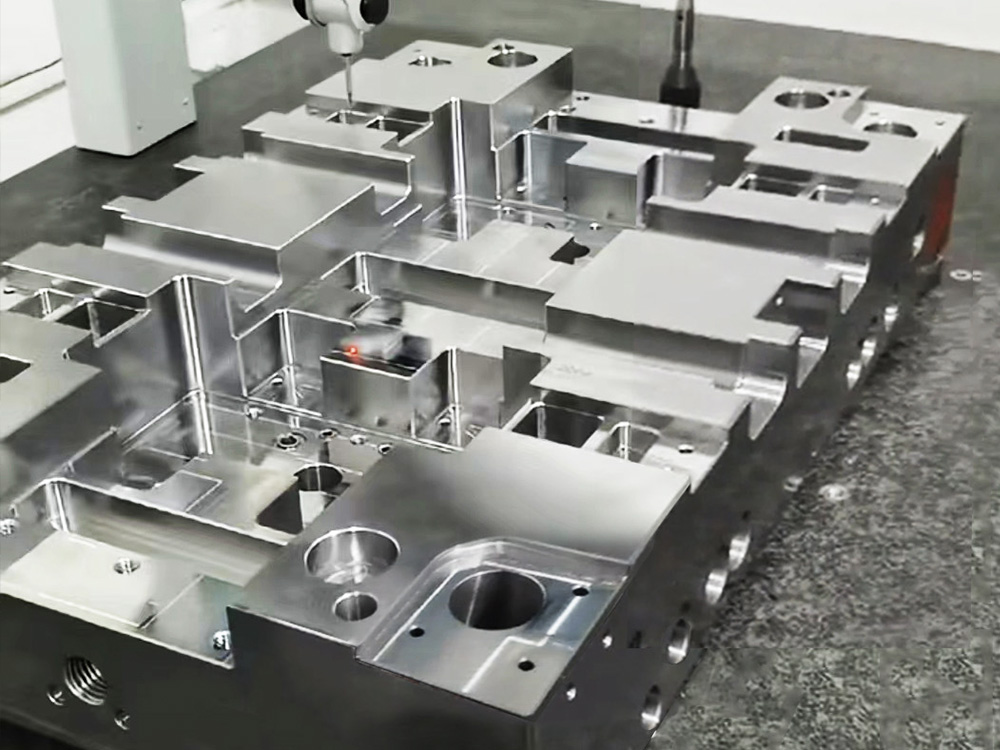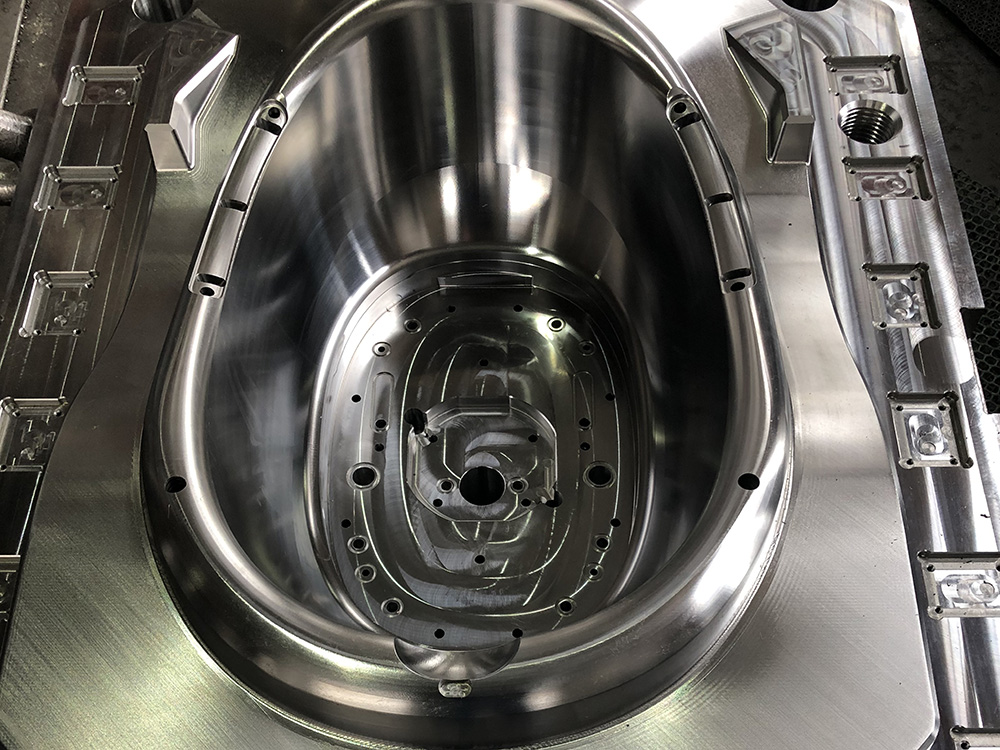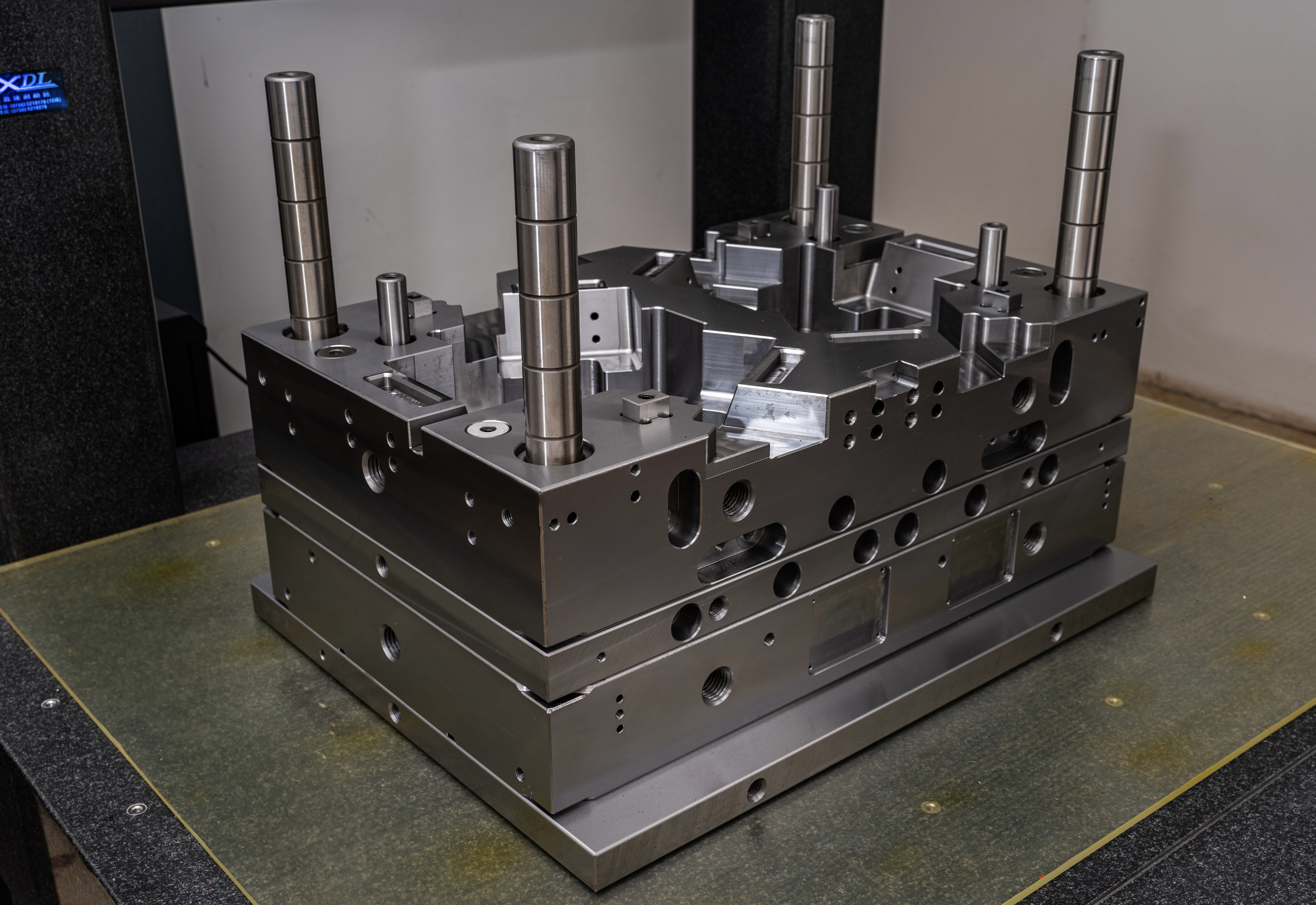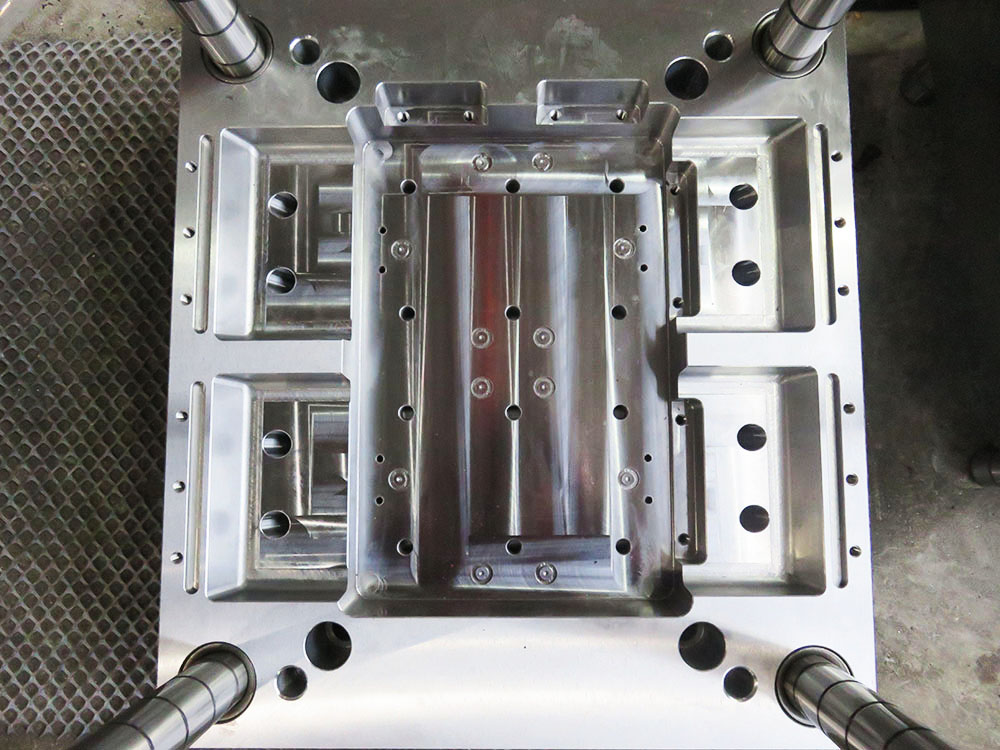Introduction
The Mold Base industry plays a vital role in the production of various plastic and metal products. One crucial aspect of the 3D modeling process in this industry is handling chamfer. Chamfers are essential for creating smooth transitions between different surfaces, and they help in the efficient removal of molds. In this article, we will explore how to handle chamfers in 3D modeling for illustrations.
Understanding Chamfer
Chamfer refers to the angled cut made in the design of a mold base. It helps in preventing sharp edges, improves aesthetics, and facilitates easier removal of the finished product from the mold. Proper handling of chamfer is crucial to ensure the functionality, durability, and overall quality of the mold base.
Importance of Proper Chamfer Handling
Effective handling of chamfers in 3D modeling for illustrations is vital for various reasons. Firstly, chamfers help in achieving smooth transitions between surfaces, resulting in enhanced aesthetics of the mold base. Secondly, they reduce stress concentrations, which can lead to premature failure of the mold base. Thirdly, well-designed chamfers ensure easy removal of the finished product, saving time and effort in the manufacturing process.
Key Considerations in Chamfer Design
When handling chamfers in 3D modeling for illustrations, several key considerations must be kept in mind:
1. Required angle and size
The first step is to determine the required angle and size of the chamfer. This depends on factors such as the type of material being used, the size and shape of the mold base, and the specific requirements of the product to be manufactured. The angle and size of the chamfer must be carefully calculated to strike the right balance between functionality and aesthetics.
2. Smooth transition
To achieve a smooth transition between surfaces, it is crucial to ensure that the chamfer is properly blended with the adjacent surfaces. This requires the use of specialized 3D modeling tools that can accurately create and manipulate chamfers. The goal is to create a chamfer that seamlessly integrates with the surrounding geometry.
3. Draft angles
In addition to chamfers, draft angles are also important in mold base design. Draft angles refer to the taper given to the vertical surfaces of the mold base to allow for easy removal of the finished product. Proper coordination and alignment between chamfers and draft angles are essential to ensure a functional and efficient mold base.
4. Accuracy and precision
Chamfers must be designed with utmost accuracy and precision. Even the slightest deviation can result in functional issues or affect the quality of the finished product. Advanced 3D modeling software and tools can aid in achieving the required level of accuracy and precision when designing chamfers.
Best Practices for Handling Chamfers
Here are some best practices to effectively handle chamfers in 3D modeling for illustrations:
1. Use software with chamfer-specific features
To achieve the desired chamfer designs, it is crucial to use 3D modeling software that offers specific features and tools for chamfer creation. Such software allows for precise control over chamfer angles, sizes, and blending with adjacent surfaces.
2. Pay attention to aesthetics
While the functionality of chamfers is crucial, it is essential not to overlook the aesthetic aspect. Well-designed chamfers enhance the overall appearance of the mold base, contributing to its market value and customer satisfaction.
3. Regularly test and prototype
Before finalizing the design, it is advisable to test and prototype different chamfer designs. This helps in identifying any potential issues or inefficiencies and allows for necessary adjustments to be made before mass production.
4. Seek expert guidance
If you are new to 3D modeling or require complex chamfer designs, it is recommended to seek expert guidance from professionals with experience in the mold base industry. Their expertise can ensure the accurate handling of chamfers and minimize any potential design-related challenges.




